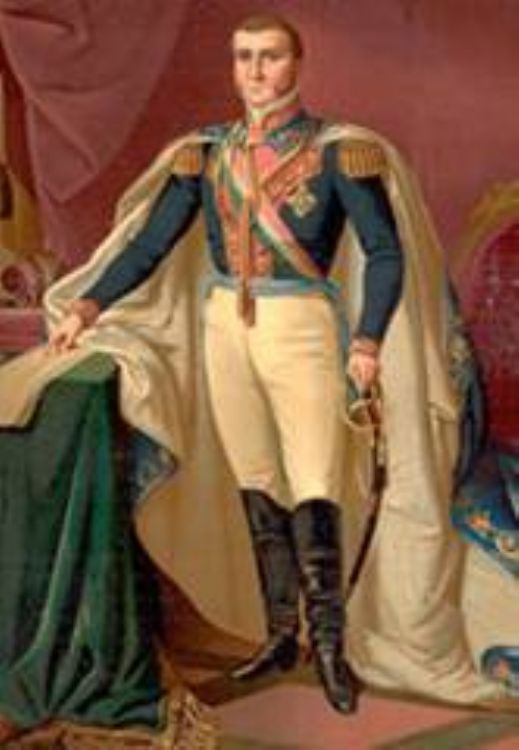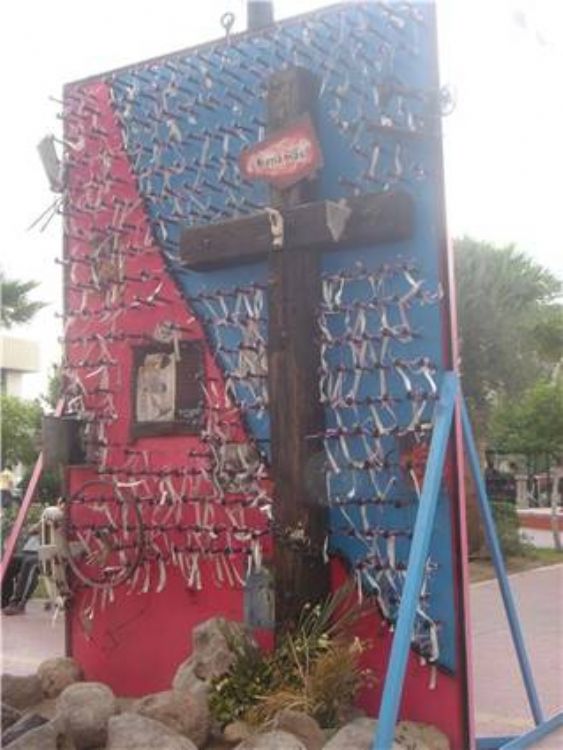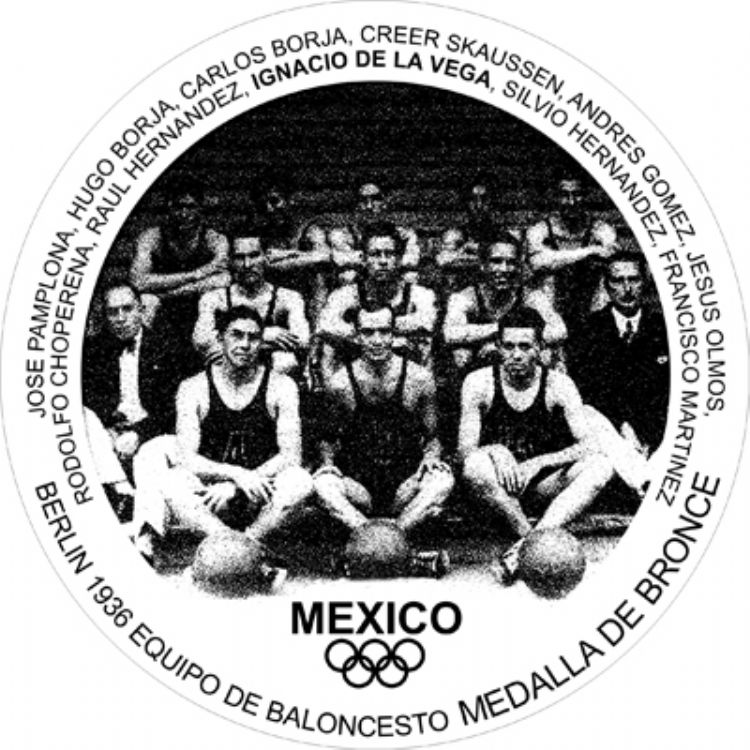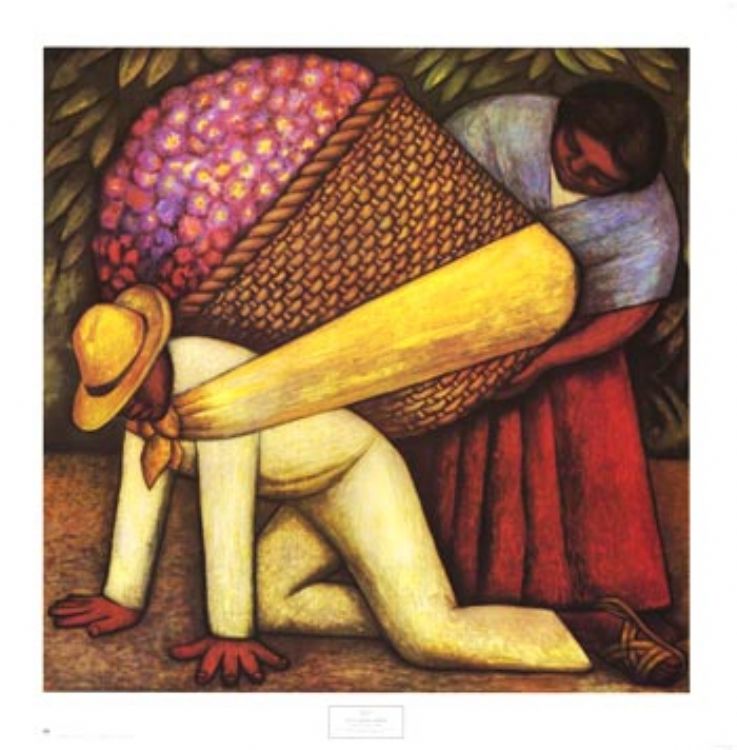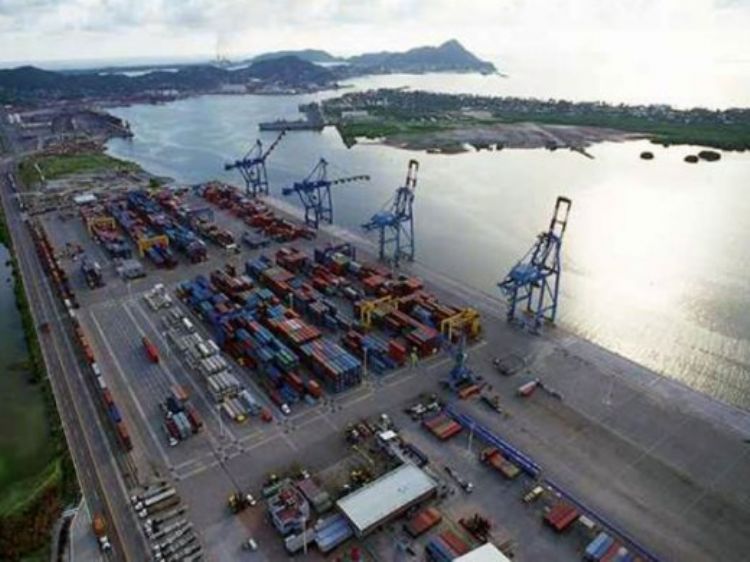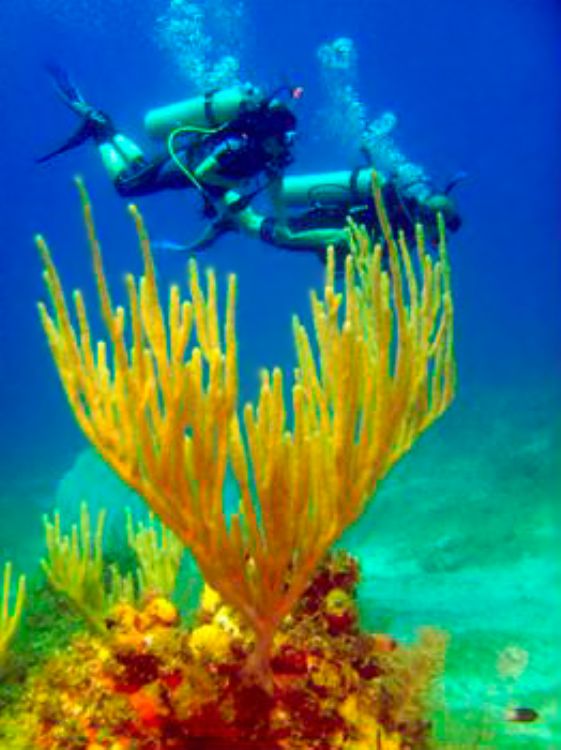Sian Kaan
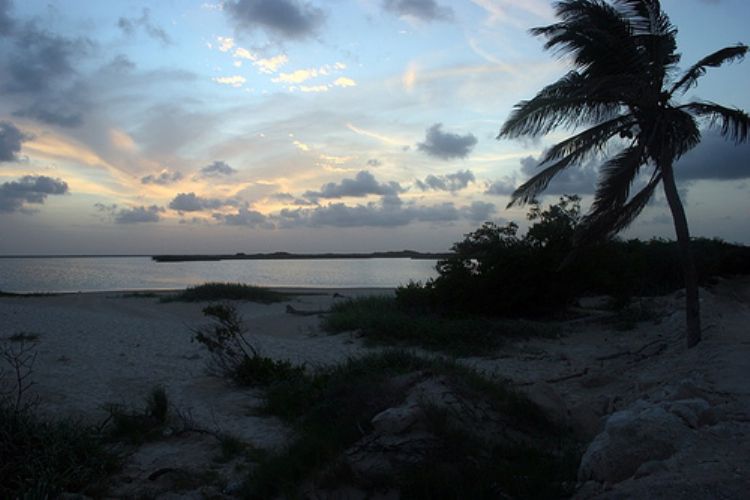
Sian Kaan means where the sky is born and it was during the presidency of Miguel de la Madrid when it was decreed, in 1986, an ecological reserve, becoming part of the âHumans in the biosphereâ program for UNESCO and declared in 1987 biosphere and world heritage. Located in the Yucatan Peninsula, on a calcite plate almost at sea level, it causes rain to filter through sand and reach the water-bearing strata all along the peninsula. The current challenge is to unite humans with other life forms in this territory.
There are three areas of restricted access and special permits are only granted to research, such areas are known as Muyil, Cayo Culebras and Uaymil and extend through almost 70,000 meters. There are areas known as of transition, where human activities cause a very low environmental impact. In Sian Kaan there are approximately 2,000 residents mainly located along the beach known as Punta Allen and Punta Herrero. Its is 530,000 squared meters in area.
There are five ways to access the reserve, located at Pulticub, Santa Teresa, Chumpon, Chunyaxche and Chac Mool. SEMARNAP has personnel in charge of enforcing the reserveâs regulations. In the north zone there is what specialists believe became a commercial route crossing mangrove lagoons and channels between Tulum and Muyil. Some parts of the reserve were dedicated to producing and selling chicle (gum) during the mid 20th century. Fishing is still an extremely important economic activity for the population.
Similarly, tourism is also a great income source, tourists hire fishermen to travel through the reserve and view the coral reefs that occupy 110 kilometers, approximately, turning it into the second world coral reef and reaching Belize and Honduras. It is the habitat of many species in danger of extinction because of uncontrolled development. The beaches of Sian Kaan are an important space for the life of species, an area of change between sea and land. During May and August, four turtle species nest here.
There are four types of mangles of vital importance for the survival of different bird and fish species, insects, reptiles and plants; certain types of mangles can filter polluted water and trapped sediment, becoming a natural protector of the coral reef and different habitats. In Sian Kaan there are petenes, individual areas of tropical forest that reach a diameter ranging from a few meters to kilometers surrounded by wetlands. The petenes are only found in Cuba, Florida and Mexico, generally having a Cenote in its central part, originating vegetation that flourishes in rings of similar centers.
Artículo Producido por el Equipo Editorial Explorando México.
Copyright Explorando México, Todos los Derechos Reservados.
Foto Portada: Mewtate Ver Licencia y Autor

